In his stunning, sharp new book, Pulitzer Prize-winning author Mitchell S. Jackson delves into the wide world of NBA fashion. Fly is a pictorial and cultural history of the major influence that basketball stars have had on style.
Tell us more about your fascination with and connection to fashion. Did your love of fashion or your love of the NBA come first?
I’ve loved fashion since I was a little kid. I guess it began with my mother dressing me up, but soon enough, I had my own opinion about what I should wear. At one point, that included cowboy hats and boots and big buckles; at another, pleather Michael Jackson “Thriller” jackets and white socks. At another point, it included IZOD polo shirts and khakis, and I’ve always loved print shirts and coveralls (not necessarily together). I was a hustler in my late teens and early 20s and spent more money than I should have on clothes. (Remember those Versace silk shirts Tupac and Biggie used to wear? I just had to have one.) All the above to say, my love of fashion came first. I started playing organized basketball in the fifth grade, which is kind of late for serious hoopers. I did, however, play all the way through junior college, and even thought that I’d one day play professional basketball overseas. Meanwhile, I had a couple of friends make the NBA and spent a fair amount of time around them and other NBA players. I must’ve attended NBA All-Star weekend 10 years in a row. And anybody that has been to All-Star weekend knows it’s a fashion extravaganza.
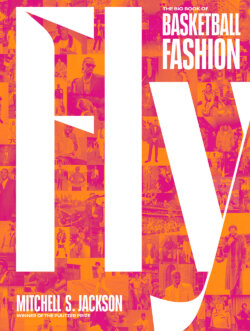 One of the most illuminating aspects of this book is its incorporation of history, especially how different wars, political events and cultural movements affected American fashion trends. What was your research process like?
One of the most illuminating aspects of this book is its incorporation of history, especially how different wars, political events and cultural movements affected American fashion trends. What was your research process like?
I’m so glad you point that out because that’s an important aspect of the book. Fashion is never born in a vacuum. I was really interested in what influenced what the players wore during any given period. First, though, I decided to organize the book into distinct eras. I needed these eras so I could research the spans of time I was focusing on. Then I’d hypothesize why the fashion of the time was what it was. Then I’d start researching to see if my idea held up. As someone who’s written a lot of nonfiction, and is constantly researching for it, that process felt very natural.
The eras you’ve chosen range from 1946 to the present: the Conformists, Flamboyance, Jordan, the Iverson Effect, Dress Code and the Insta-Tunnel Walk. How did you determine when one era ends and another begins?
I arrived at those divisions by looking at pictures from different time periods and noting the trends of those periods. If you look at photos of the early NBA players, they all wore the same thing: slim suits, dark shoes, skinny ties. But look at the 1970s and you’ll see individuals. Bell-bottoms. Fur coats. Butterfly collar shirts unbuttoned to mid-chest or below. Afros. Long beards. Jewelry. It was clear those players felt freer to express themselves with their fashion. After I noted the distinctions of the eras, I’d ask myself what was happening in the culture that shaped those choices, and then I’d research around that subject. The titles came from me trying to encapsulate the crux of each chapter in a word or a phrase.
If you look at photos of the early NBA players, they all wore the same thing: slim suits, dark shoes, skinny ties. But look at the 1970s and you’ll see individuals.
Do you have a favorite era of NBA fashion?
My personal favorite is a tie between the 1970s and now. Both are eras in which the players dress with copious creativity. I’d say in the ’70s though, the players had fewer professionals helping them. These days, many players have stylists and access to great brands, and the internet to hip them on trends, etc. Which also means many of them are more knowledgeable than the players of five decades ago. The players from the ’70s did more with less.
The photographs in Fly are amazing, and they really bring your colorful descriptions to life. What was the process of selecting those photos like? Do any of them hold a special kind of weight or inspiration for you?
Probably my favorite pic in the whole book is “Pistol” Pete Maravich in a suit, butterfly collar shirt, sunglasses and gold chain. I used to watch Pistol Pete’s skills tapes when I was young as well as the highlight footage. He was a wizard with the ball and had a really flamboyant game. And when I saw that pic, it seemed like the perfect representation of him as a player, and of what I imagined his personality would be. Also, it’s special because there are so few pictures of him out of uniform. Finding pictures of the old greats was satisfying in that way.
You note that during the Dress Code era (2010–2015), athletes started using their personal styles to express political views and to bring attention to social justice issues, such as when the entire Miami Heat team wore hoodies to honor Trayvon Martin. Do you have a favorite example of a player leveraging their image for good?
Not a player, but there’s a picture of the Lakers at center court during a game in the NBA bubble, all of them linked arm in arm, save LeBron James, who is holding his free arm up in the Black Power salute. It’s a powerful image and proof of the NBA’s stance on social protest. When Tommie Smith and John Carlos raised their fists at the 1968 Olympics, they were blackballed from track and field for many years. When Colin Kaepernick took a knee in the NFL, he was blackballed out of the league. That pic of the Lakers, and LeBron in particular, is ironic in that it shows not only how far we’ve come but how much further we have to go in terms of justice and equality.
The players from the ’70s did more with less.
In the current era of Instagram fashion, players have more control over the personal expressions of their styles. Who do you think is one of the biggest and best fashion risk-takers right now?
Russell Westbrook is still one of the biggest risk-takers in NBA fashion. But because he’s already taken so many risks, it’s arguably less risky every time he does it. The same goes for James Harden, though one could argue he hasn’t had the same positive reception with his riskier outfits. I like what Jerami Grant is doing with the Portland Trail Blazers. He wears a lot of Maison Margiela, but it suits him. I admire when a player cultivates an aesthetic. On the other hand, it will be interesting to see where the players who’ve cultivated an aesthetic go next. Devin Booker comes to mind as an example of someone whose style could soon evolve.
This book includes a definitive ranking of the top 10 sneakers of all time. Where do you fall on the sneakerhead spectrum?
I have a lot, a lot of sneakers, but once I started buying high-end sneakers, I stopped paying so much attention to the Nike releases. Now I might be a loafer head. Or a Chelsea-boot head. I still love a Jordan 1 and 2, or 3. I love a Dunk. I loved that Nike x Sacai collaboration. But I wouldn’t say I’m a sneakerhead. I’m not collecting, and I also wear my sneakers. In truth, I can’t keep up enough with the releases to be a sneakerhead. It’s damn near a full-time job and for some it is a full-time job. Plus, I’m middle-aged.
Were there any particularly interesting facts that you uncovered while writing that didn’t make it into the book?
I can’t recall a particular fact not making it in the book, but I did write a section on the fashion of WNBA players. The problem was they didn’t come in until the last era because that was when the league was formed. My editors were concerned that including women that late in the book and in that amount of space could’ve made it seem as though they were insignificant, which they aren’t. So we took that section out. Hopefully, someone will write a book on WNBA and pro women’s fashion because they are certainly deserving of one. One of my favorite fashionistas is Sue Bird. And not to get off basketball, but Bird and Megan Rapinoe comprise one of the flyest couples around.
What’s next for you?
I’m working on a novel titled John of Watts about a Black cult leader (he’s also an ex-basketball player, go figure). I’m working on a profile of a Civil Rights leader, another of an OG hustler from my hometown. And I’ll continue to write my column for Esquire.
Author photo by Christa Harriis












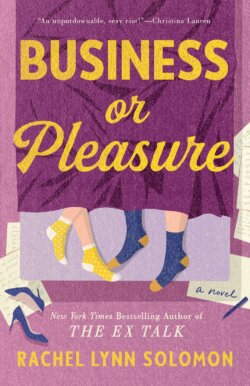

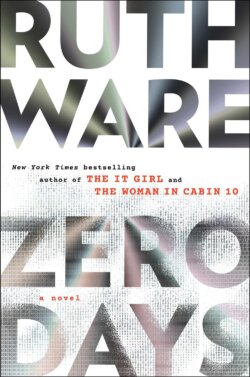



















































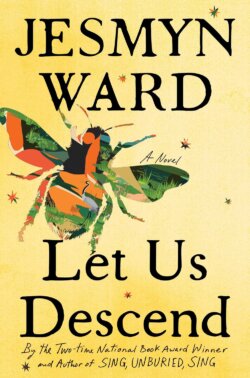
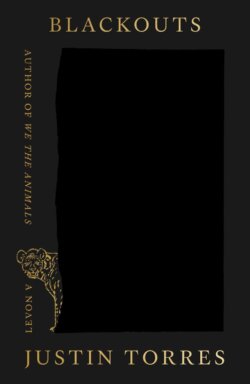


































 How to Say Babylon by Safiya Sinclair
How to Say Babylon by Safiya Sinclair The Sisterhood by Liza Mundy
The Sisterhood by Liza Mundy















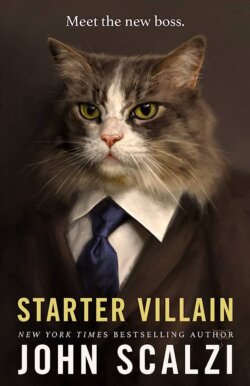


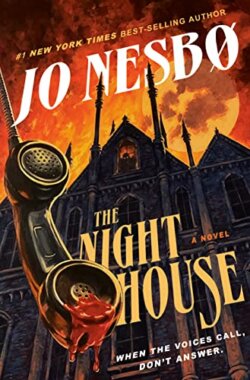


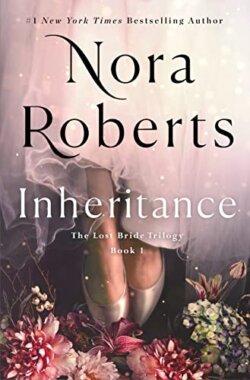



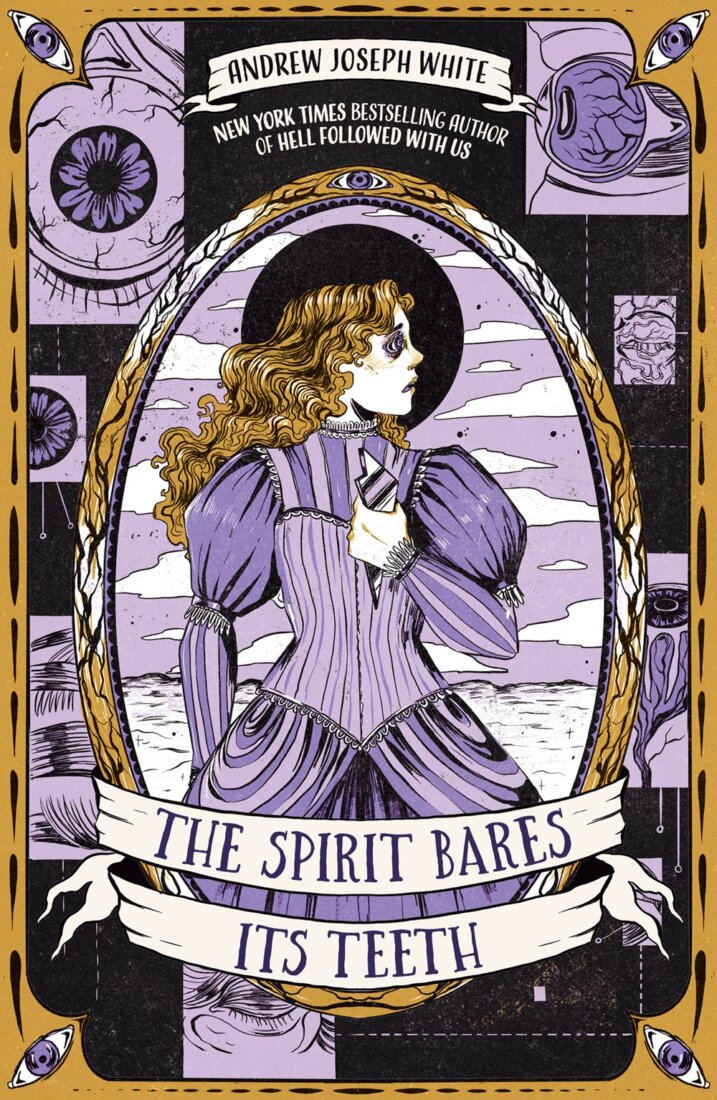












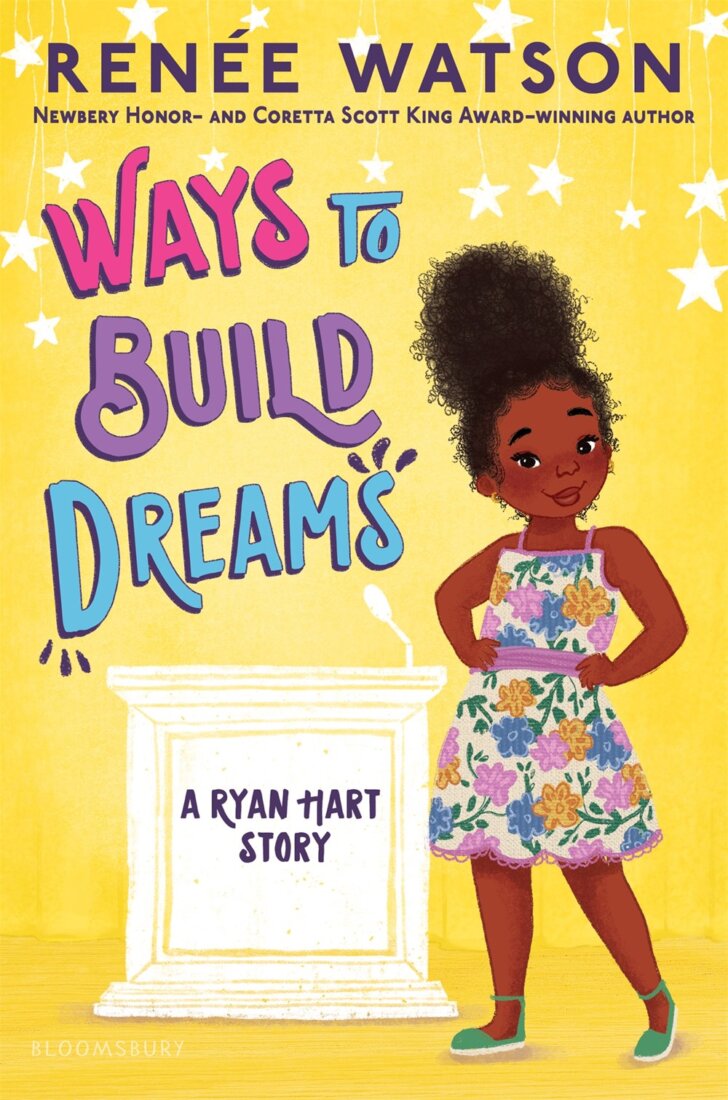


 One of the most illuminating aspects of this book is its incorporation of history, especially how different wars, political events and cultural movements affected American fashion trends. What was your research process like?
One of the most illuminating aspects of this book is its incorporation of history, especially how different wars, political events and cultural movements affected American fashion trends. What was your research process like?























